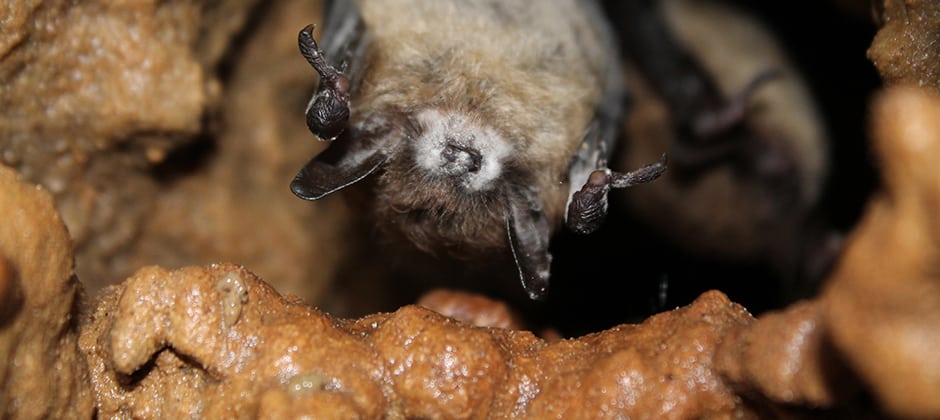Artificial stalactites give hibernating bats more surface area to hang from, allowing them to spread out throughout the cave. But did you know that General Motors contributes to the effort of creating these artificial stalactites?
General Motors makes artificial stalactites for bats from leftovers from their automobile manufacturing. By reducing crowding and providing the bats with more room, these man-made caves aid in the fight against developing the deadly fungus that causes white-nose syndrome.
What is General Motors?
The General Motors Company or GM is an American multinational automotive manufacturing company based in Detroit, Michigan. It was previously known as General Motors Corporation.
It was the largest automaker in the world throughout much of the 20th and early 21st century. It runs production, assembly, and distribution facilities across the US, Canada, and numerous other nations.
The company’s main products are automobiles, trucks, automotive parts, and engines. It also offers financial services. Detroit serves as the home base for GM. (Source: Britannica)
How Do General Motors’ Artificial Stalactites for Help Bats?
General Motors recently committed to lessening the environmental impact of their facilities and automobiles, and as a result, they currently have 26 recognized wildlife habitat projects leading the industry.
They started building bat houses from old Chevrolet Volt battery covers a few years ago that would have otherwise gone to the dump. With each battery cover holding up to 150 tiny brown bats, 232 of them have already been put on GM’s premises and other private and public lands.
These bat dwellings can potentially stop the development of the deadly fungus known as white-nose syndrome, which affects the muzzle and other portions of hibernating bats and has already claimed the lives of more than 5.7 million bats in North America.
Bats with white-nose syndrome behave strangely and awaken from hibernation too frequently, which causes them to pass away. Because a single bat may consume up to 5,000 insects per night and because they aid in pollinating plants, saving the bats is a crucial task for maintaining forests and repopulating plants. The disease is spreading at a rate that is quickly growing. Researchers are seeking strategies to stop it. Many distinct bat species may go extinct if a solution is not discovered quickly.
Although GM claims that an adhesive used in the manufacturing of the 2015 Corvette Stingray can be turned into fake stalactites, bat specialists from groups like Bat Conservation International and the Organization for Bat Conservation are now analyzing the application.
GM’s manufacturing robots must be constantly purged to keep the structural glue applicator clean and clear of dried debris. The structural adhesive is used to help bind Corvette body components together.
The purged dry adhesive resembles the stalactites that bats hang on to hibernate in terms of shape. These man-made stalactites increase the surface area from which the hibernating bats can hang, allowing them to spread out more widely around the cave and, ideally, limiting the spread of white-nose syndrome.
In addition to benefiting the bats, using the remaining materials could also lessen the waste disposed of in landfills, a vital factor for GM as they strive to be landfill-free. (Source: Auto By Tel)
